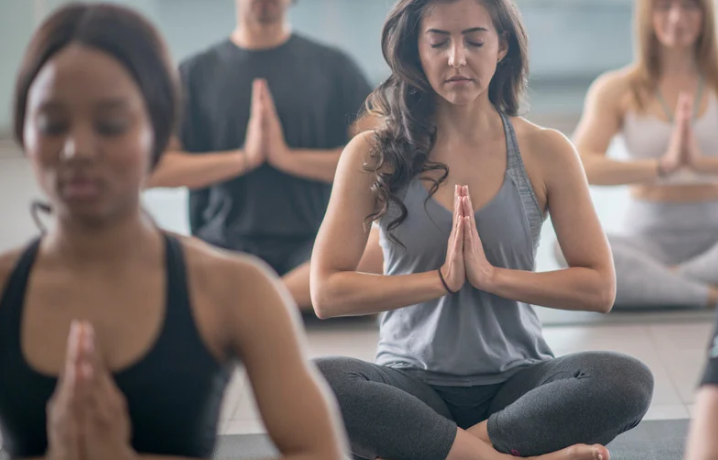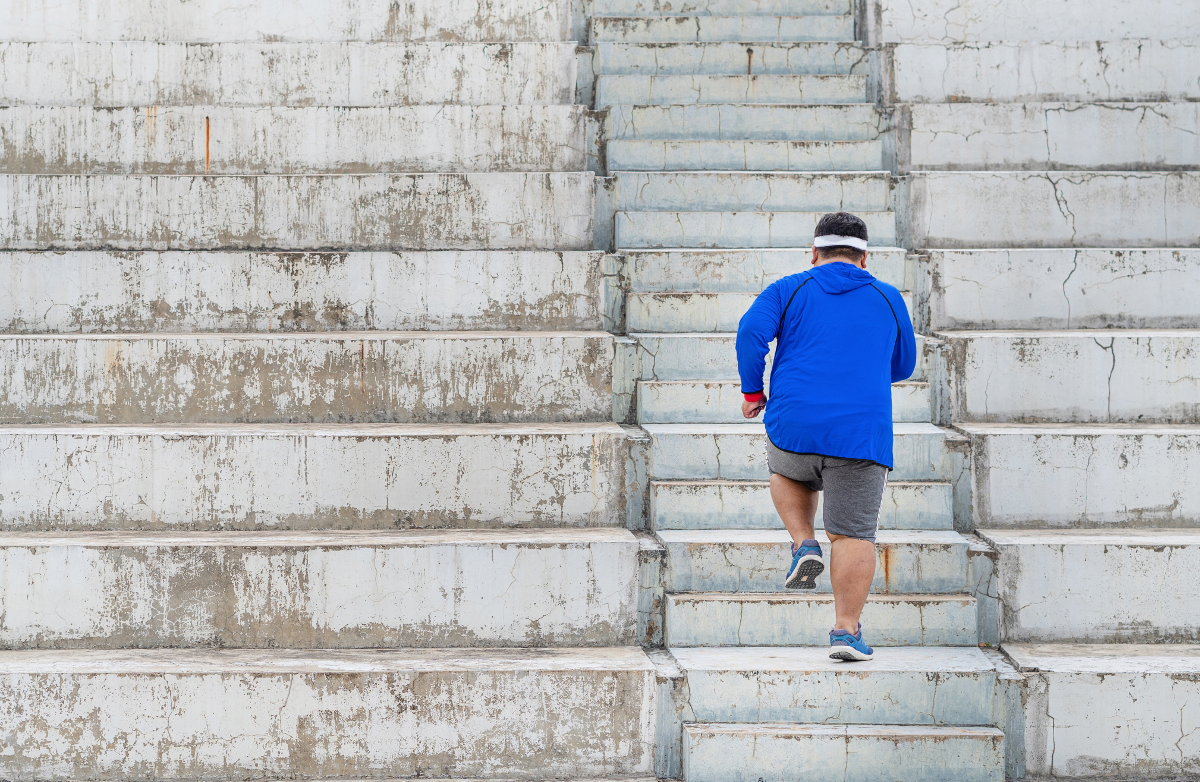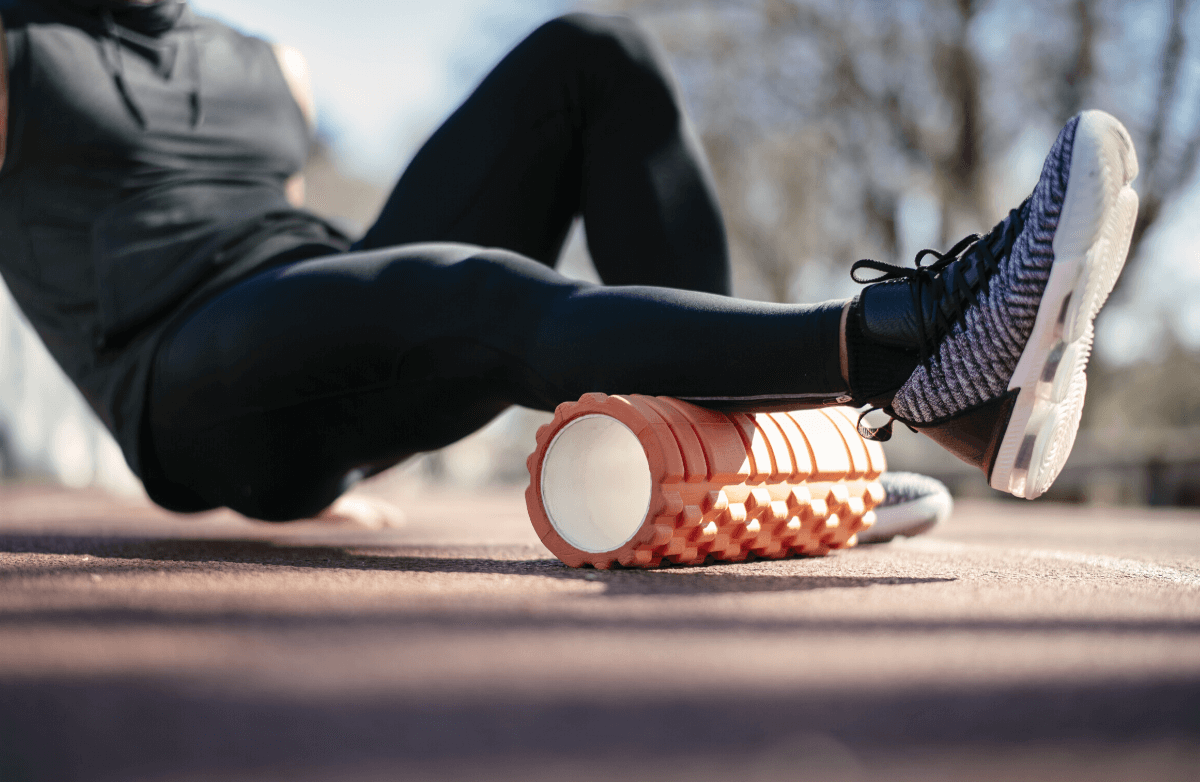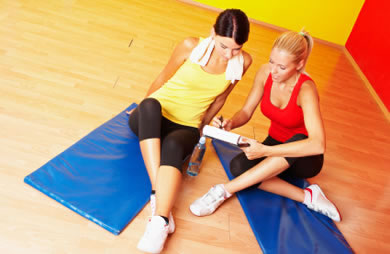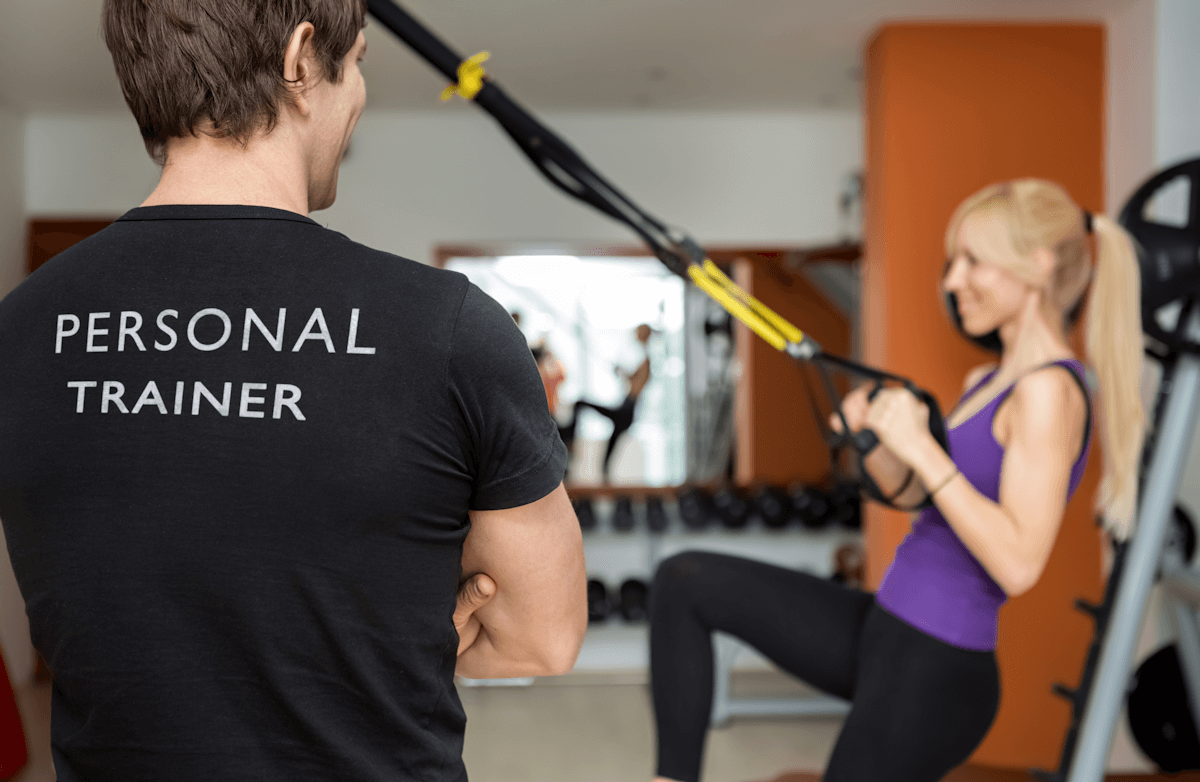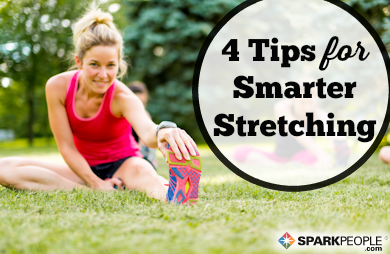Experts and coaches often tell most fitness-seekers to make your rest day an "active rest" day or an "active recovery" day, in which you incorporate some kind of movement instead of plopping down in front of the TV. But does this really help you recover faster?
In purely scientific terms, maybe. In a study of soccer players (pdf attached), those who performed some light cycling 22 and 46 hours after competition didn't hurt their overall recovery, but they didn't necessarily help it, either. Other studies have shown similar results.
Those studies are often
This is important to Viada's "hybrid training" model, where athletes are chasing more than one athletic goal that doesn't necessarily complement the other—like a
The idea behind this kind of light movement is similar to how sprains and injury are now addressed, says Shawn Arent, Ph.D., director of the Rutgers Center for Health and Human Performance.
"Following a sprain or other injury, we try to get the circulatory response going," he says. Activity on your rest day can do something similar for the micro-injuries you cause when training. "The muscle heats up a little bit […] you're getting swelling and damage circulating through the body. The athlete feels better [with light activity] because it helps them work some of that tightness and stiffness out."
If you're in the smaller group of people who are training really hard, or you've had a lot of training days in a row, don't feel like you have to do something on your rest day. If you're like most, though, you might consider getting in some movement. "Most people do not train hard enough to need nothing. They could do something every day," Arent says, pointing out that many health agencies, including the American Heart Association, recommend that you do some kind of activity five or more days per week. "We want you to be physically active most days but going high-intensity every day is a bad idea."
Which off-day activity is best?
It depends on what you're resting from, says Viada.
"It should be a type of activity that is almost the polar opposite of what you just trained," he says. "So, if you did a very long-distance kind of training, something that is very short duration with full range of motion. If you did a really long bike, it might be good to go in and do some really light Olympic weightlifting or full-range squats."
Choosing an opposing activity even works when splitting upper- and lower-body workouts. In a study published in the Journal of Strength and Conditioning, physically active males in their late 20s and early 30s performed an upper-body strength session the day after a taxing lower-body workout. The upper-body session did not adversely affect their recovery below the waist.
Another option that's been found effective in studies is swimming. In a study of well-trained triathletes, getting in the water on an off-day actually helped with their running performance the next day. Ten hours after an interval training session of three-minute running bouts, the athletes either swam 2,000 meters or laid down for the amount of time they would have been swimming. The next day, they performed another high-intensity run, and the swimmers performed 14 percent better than the resting group, and also had fewer markers of tissue inflammation.
"[Swimming] checks all the boxes: It's relatively aerobic. It's low-intensity. It's easy on the joints," Viada confirms. For someone who is on a rest day from a heavy lift, he says, "something like a walk, swimming, or low-intensity [cycling] is good, as long as it's steady-state and low intensity."
Be careful: Moderate your intensity.
That warning about intensity is key: If you're the type of person who wants to work out on your off day, you're probably focused, driven and may be prone to saying, "I can work a little harder." But if you go too hard on your recovery-day activity or start performing intervals, it's no longer recovery.
"You do a couple surges, and then go momentarily anaerobic," Viada warns. When that happens, you've started doing damage to the body instead of recovering. "Really, really focus on moderating the level of intensity. [If you can't], you should just have a rest day instead."
Arent says many amateur athletes think the answer to getting better is always more and harder training. But it may actually hinder your results.
While he was studying athletes' biomarkers at the Ironman World Championship, "I was amazed at how much significant mileage people were getting in the day before the race—but you didn't see it with the elite of the elite," he says. The professional racers rested, while amateurs kept pushing—which could affect their performance. "People don't understand why their hamstrings won't heal. You're giving yourself no time to recover!"
If you have trouble keeping your intensity in check, Viada recommends focusing your rest day work on things that will improve your performance while requiring lower intensities.
"If you're a runner […] go as fast as possible without letting your heart rate get over 135. The things they need to do to keep the heart rate low are good for recovery, anyway: smoothness, deep breathing, relaxation, good posture, all those sorts of things," he says. "If you're a lifter, don't task the physical side as much. Focus on seeing perfect form in every single movement, or [work on] breathing and posture adaptations."
Yoga and walking are both great options for people who want to move their body, but be kind to their hard-working muscles, as well. The key is finding what balance works for you and your training schedule.
For how long should I be moving?
Viada says that the duration depends on the athletes he's training, but for the average exerciser, 30 to 60 minutes—whether it's a walk or a light session—is great movement for the day.
When working with his college soccer team, Arent goes for an even shorter recovery session. "Our starters maybe do 20 to 25 minutes, [usually] some light jogging and some form rolling or dynamic movements," he says. "That's pretty much it, especially later in the season."
Whether you're working out to lose weight, as a personal challenge or just for the love of the sweat, remember that your body is pushing itself to match your intensity day by day, week by week. The better you take care of it, the more likely you are to avoid injury and any delays in your progress. It all comes down to this: Be kind to your body and it will reward you.




